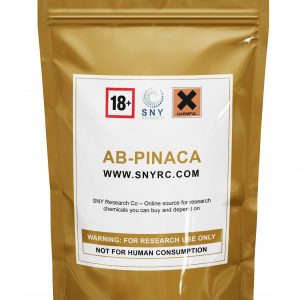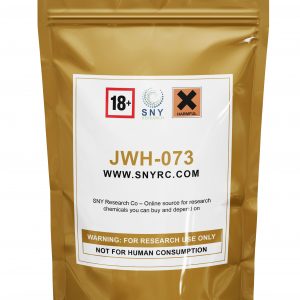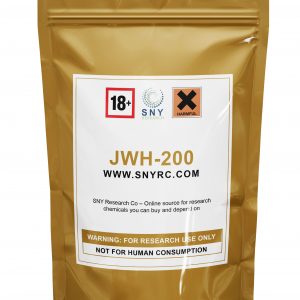Dizocilpine is a compound that has been noted for its non-competitive NMDA antagonist properties. Dizocilpine was developed by Merck & Co., a pharmaceutical company, in the late 20th Century. It carries the CAS code 77086-22-7 which distinguishes it from the wide range of chemical entities.
The compound’s chemical name, (+)-5-methyl-10,11-dihydro-5H-dibenzo[a,d]cyclohepten-5,10-imine, provides insight into its molecular structure. The molecular formula C20H19N reflects the complex array of carbon, nitrogen, and hydrogen atoms.
Dizocilpine is typically a powdery white crystal. Its exact appearance can vary depending on the synthesis or purification method used. Despite potential variations, its unique chemical characteristics remain consistent across different batches.
Dizocilpine is a non-competitive NMDA antagonist that has been widely used in scientific research. Dizocilpine, a non-competitive NMDA antagonist, has been extensively used in scientific research.
Dizocilpine’s main application is in research. It’s used to study diseases such as Alzheimer’s and Parkinson’s. It has also been used to study models of brain injury and stroke, due to its ability to block NMDA receptors and protect against excitotoxicity.
Dizocilpine dosage varies greatly depending on the research context. It is used in controlled lab environments at low concentrations due to its neurotoxic potential and potent effects. Dizocilpine is not recommended for use outside of research settings due to its potential risks.
Dizocilpine, in summary, is a compound of great interest that has contributed to the scientific understanding and treatment of neurological disorders associated with the NMDA-receptor. Its unique structure and intriguing pharmacological characteristics, as well as its potential research applications, make Dizocilpine a compound that is of great interest to researchers in the neuroscience field and beyond.





Reviews
There are no reviews yet.